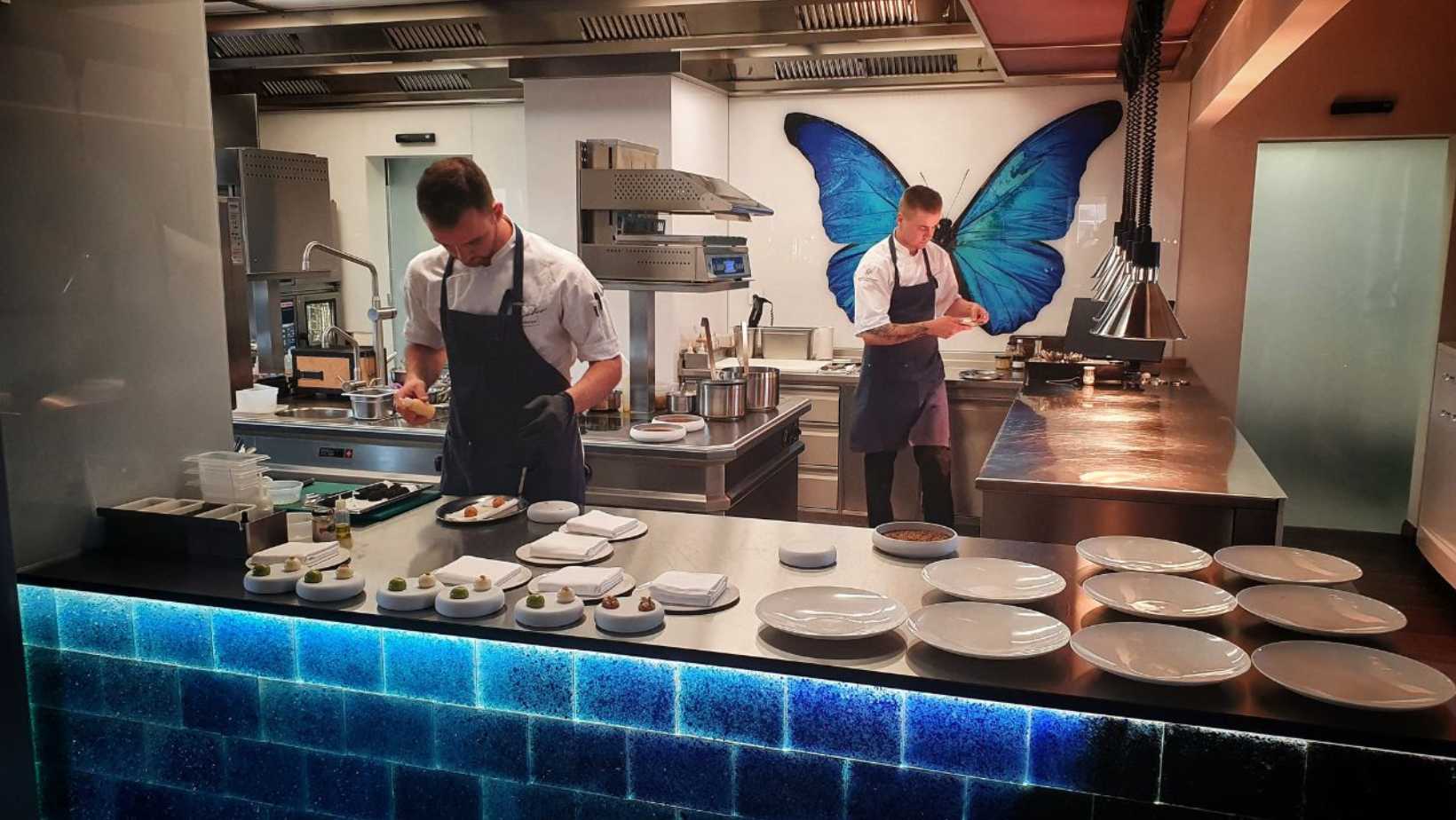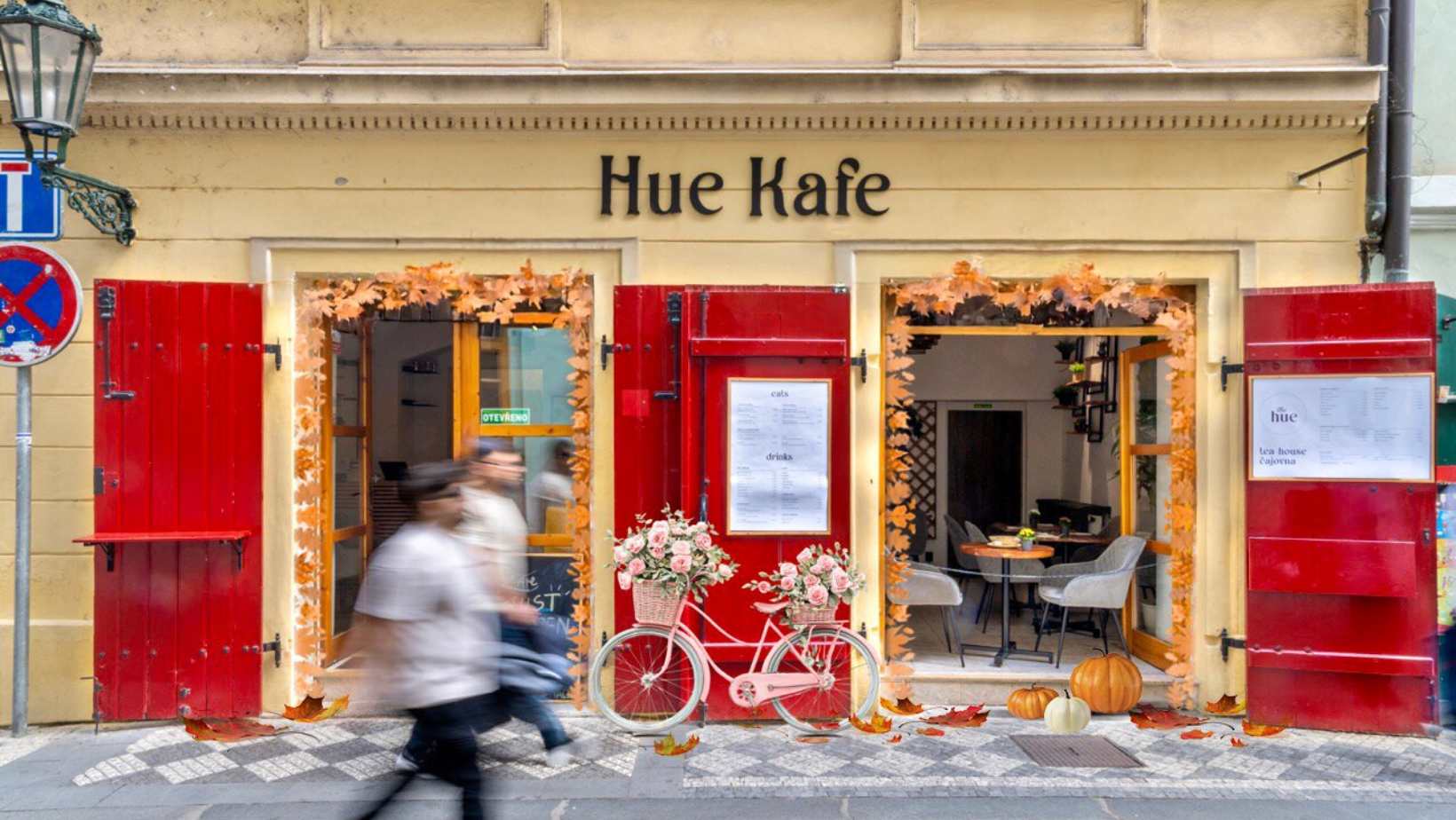Three Czech Dishes Named Among the World's Worst-Rated Foods
Prague Morning
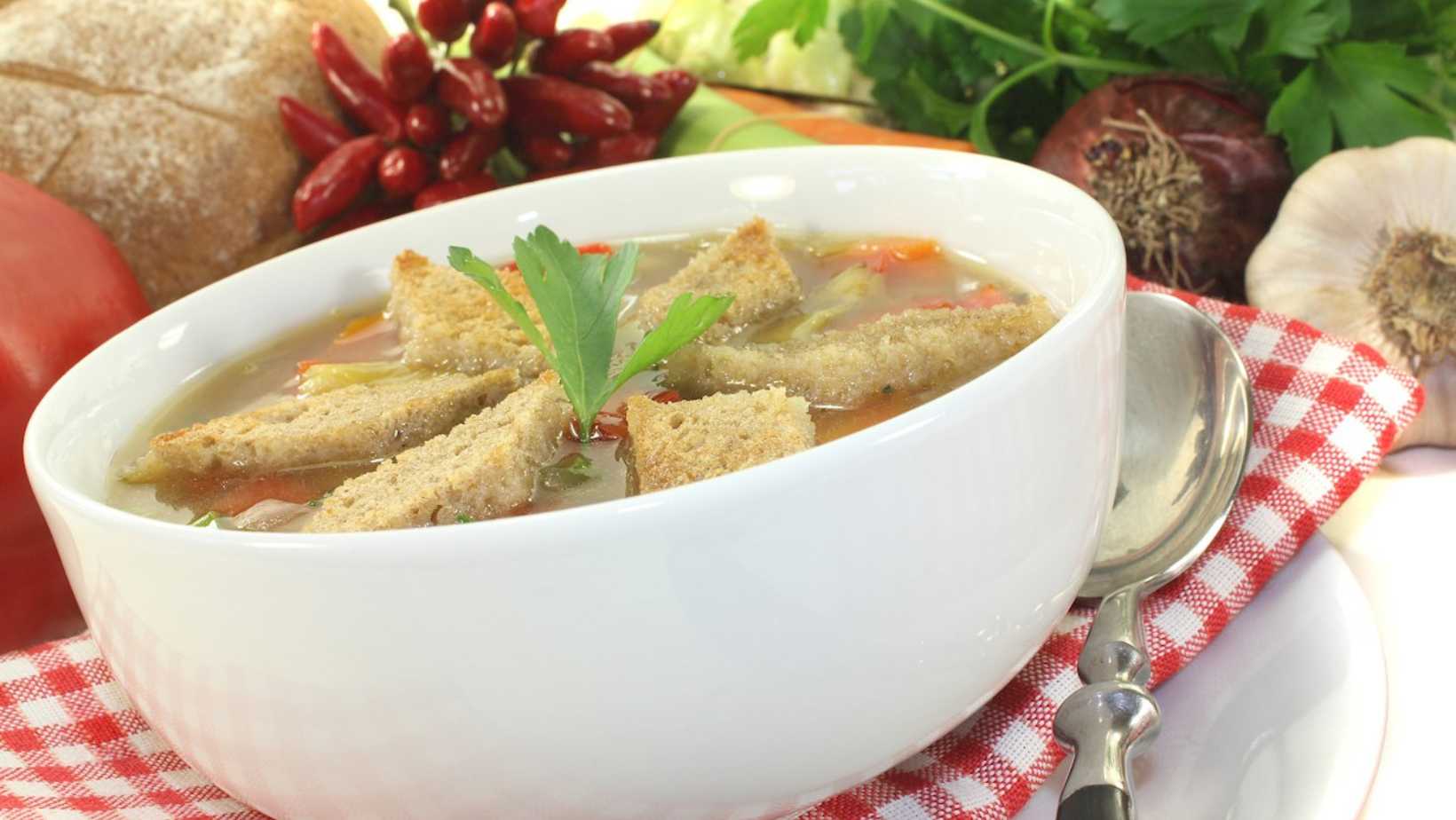
TasteAtlas has unveiled the planet’s worst-rated foods, based on 600,000 ratings.
Topping the list is Blodplat, a dish traditional to Sweden and Finnish Lapland of rye or barley flour and (wait for it) animal blood dumplings, which is usually served as a side dish to fried bacon, pork, butter and lingonberry jam. Interesting.
In second place was bocadillo de sardinas, a sardine sandwich native to Spain. Surprisingly, despite Spain being the land of paella, croquettes, tapas and churros, three Spanish dishes are included in the top 10: angulas a la cazuela is a Basque Country dish of spicy eels, and faves a la Catalana is broad beans cooked in stock and served with blood sausage.
Three Czech dishes appear on this list, offering a perspective on how certain traditional recipes are perceived beyond their home country.
Czech bread soup (Chlebová polévka):
This simple bread soup is a traditional Czech dish prepared with a combination of stale bread, water, onions, and a variety of spices. The more refined versions are occasionally thickened with eggs and may incorporate flavorful broths or various root vegetables.
Characterized by its rustic appeal and thick consistency, chlebová polévka is a common home-cooked dish that is traditionally enjoyed plain or accompanied by crispy croutons.
Máslová pomazánka
This creamy spread is made with sour cream and a combination of powdered milk and buttermilk. It is enjoyed throughout the Czech Republic and Slovakia. The spread is traditionally flavored with various herbs, ham, peppers, or garlic.
Although it was originally known as pomazánkové máslo, meaning butter spread, under the recent European Union regulation the term was forbidden since the product does not contain the minimum milk fat content of 39%. In compliance with the law, both the Czech Republic and Slovakia have decided to name the spread máslová pomazánka and smotanová nátierka, respectively.
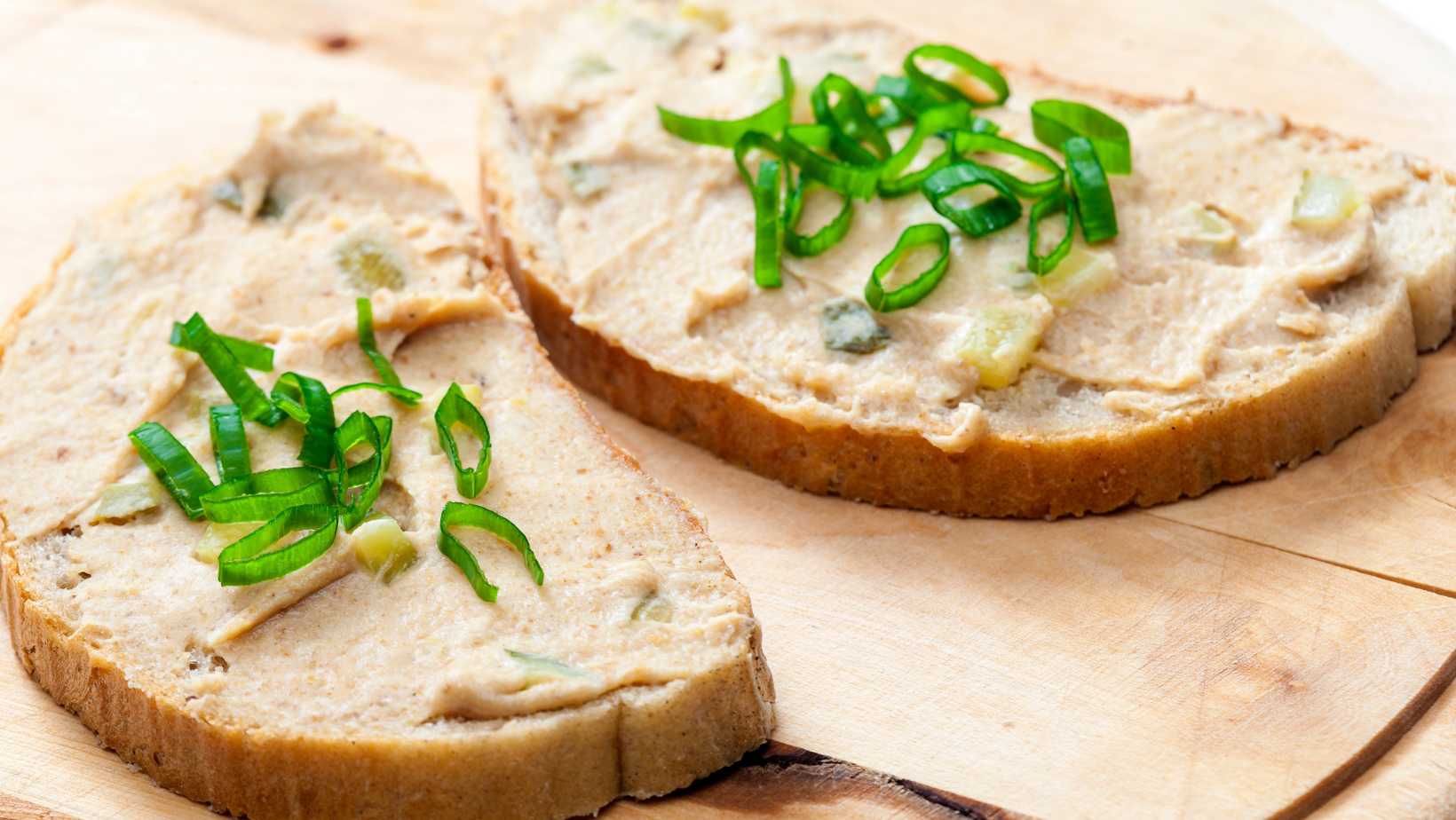
Karlovarsky suchar
Karlovarský suchar is a rusk, a toasted bread cut in thin slices from a whole load, produced in the Karlovy Vary region. There are two varieties of the bread – special and diet versions. The bread is well-baked and dried, clean, crisp and uniformly porous. Both versions of the bread must contain Karlovy Vary spring water.
The special variety is made from wheat flour, spring water, sugar, yeast, salt, egg yolk, and flour improver. The diet version is made from the same ingredients, but sugar, egg yolks and salt are removed from the mix. When the bread is toasted, it is left to cool and sold in packs of 200 grams, ready to be enjoyed with fruit jams, butter, and tea.
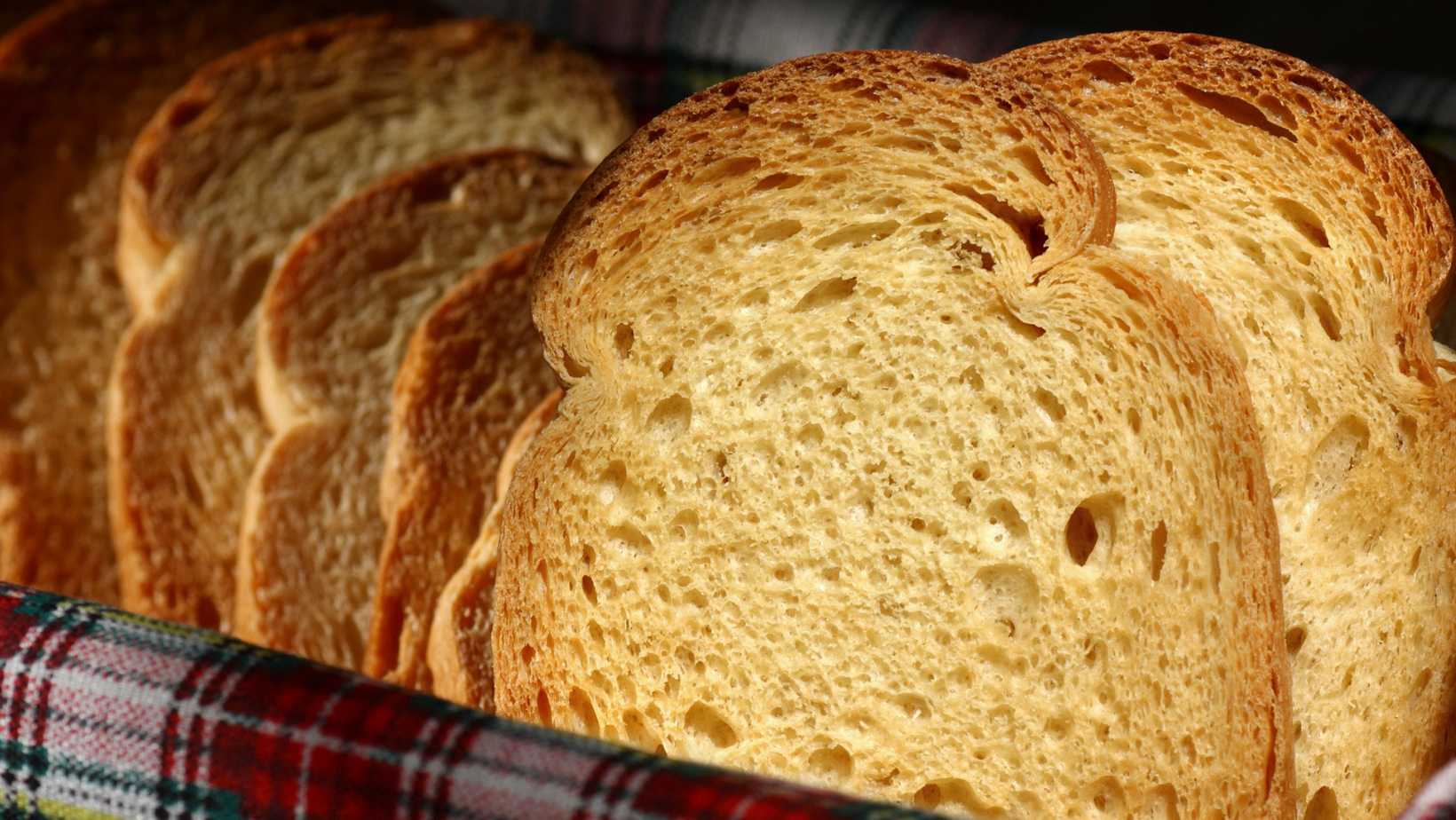
These are the world’s 10 ‘worst’ foods
Blodplat, Finland
Bocadillo de sardinas, Spain
Calskrove, Sweden
Angulas a la cazuela, Spain
Jellied eels, UK
Ramen burger, USA
Chapalele, Chile
Faves a la Catalana, Spain
Thorramatur, Iceland
Thai fish entrails sour curry, Thailand
Would you like us to write about your business? Find out more
-
NEWSLETTER
Subscribe for our daily news






